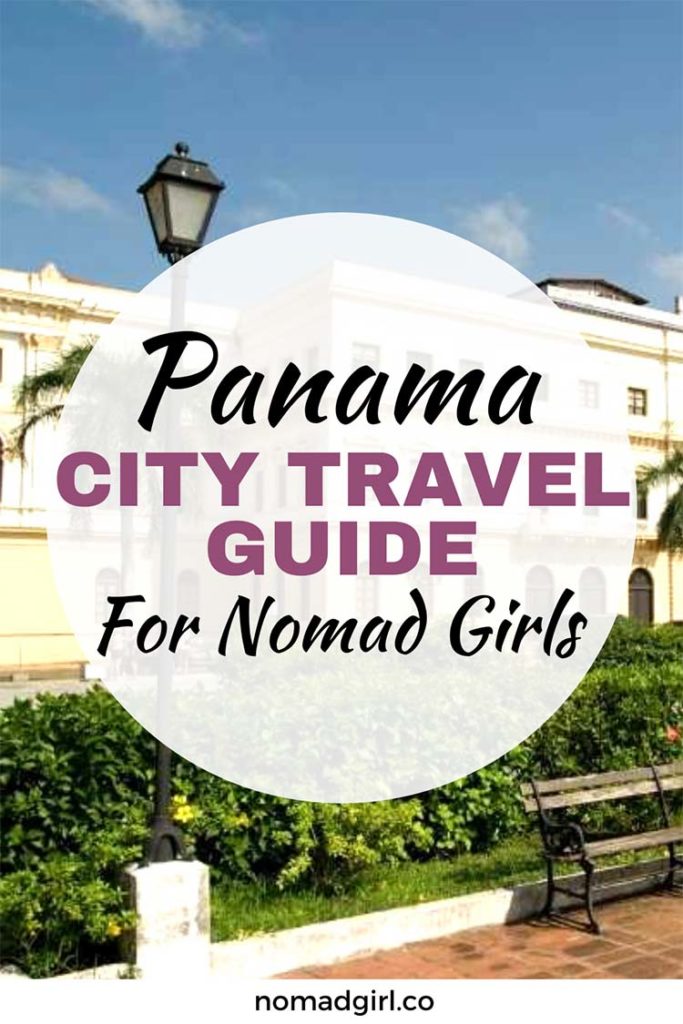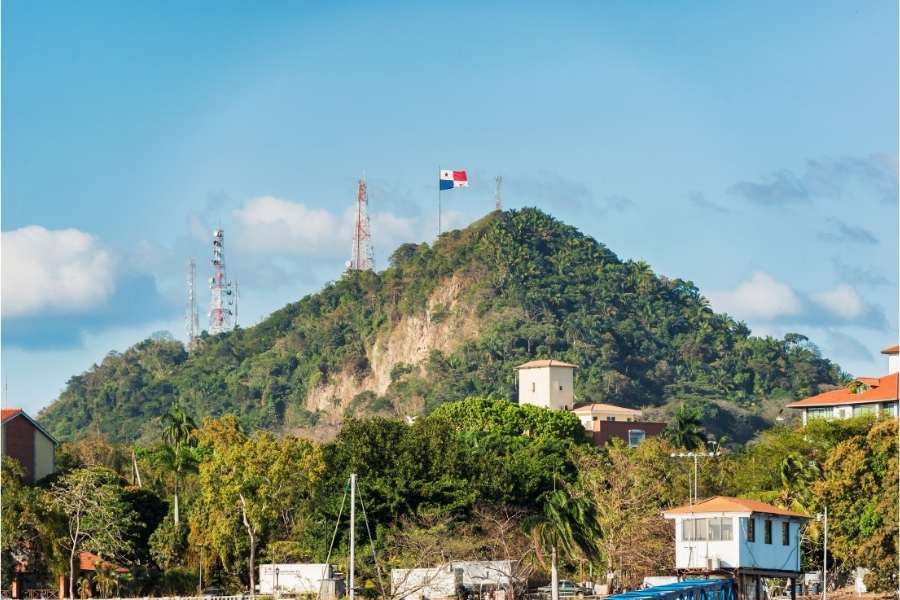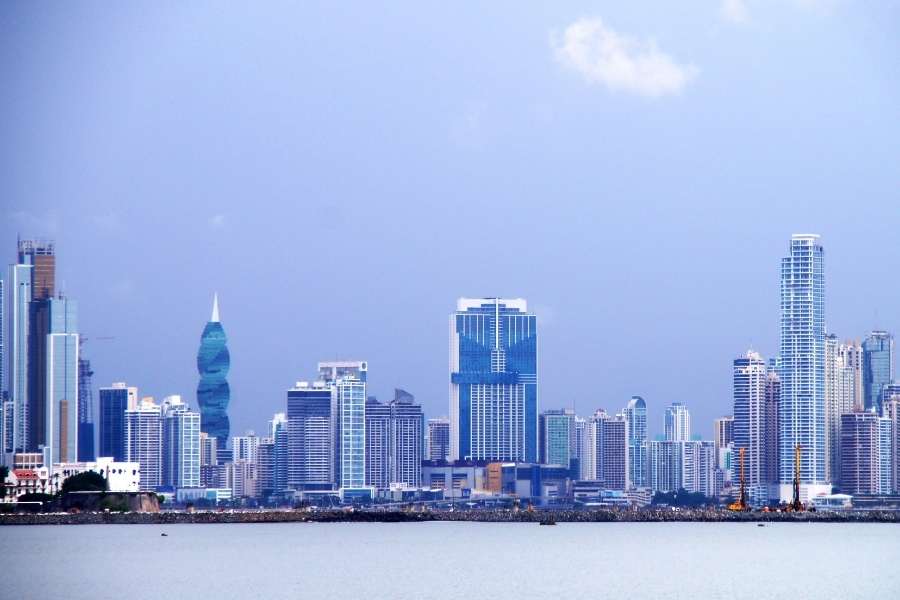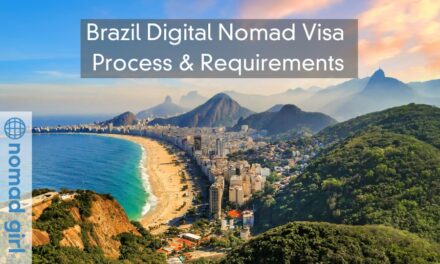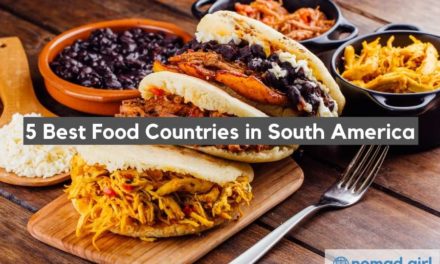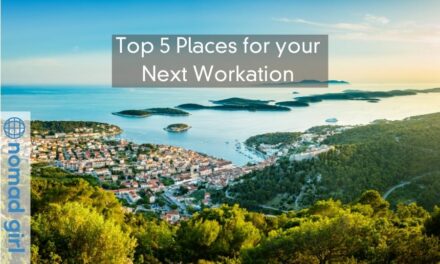The jewel of Central America, Panama City sits proudly on the Pacific coast of Panama. As soon as you are landing, you will be greeted with a surprisingly modern skyline and a rush of tropical heat. I spent about 3 years living in Panama City and it has been a rapidly changing place. While it has both its beautiful places and others that aren’t much to look it, I think it’s a great city to spend a few days in.
When to Visit
Keep in mind that Panama has two seasons – rainy and dry. The dry one is between the end of November and the beginning of April, and it is really dry. It practically never rains. It’s the best season to visit for beach-goers. The rest of the year, it basically rains every day. The heaviest rainfall is in October and November. I personally don’t mind the rainy season at all, since everything is greener and there are fewer people.
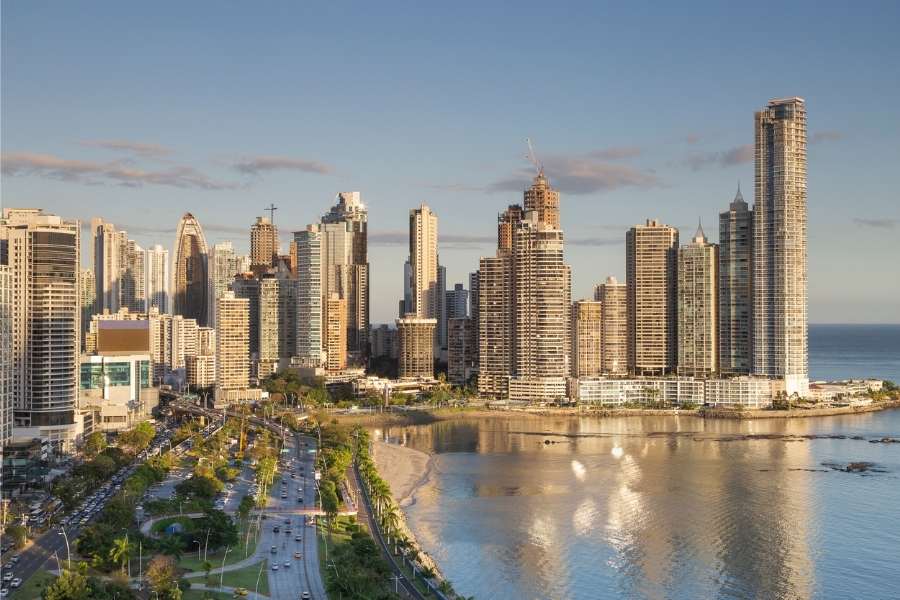
Getting in and around
Most people fly into Panama. Tocumen International Airport has become an important hub in the region and receives flights from all over the world. There is even a new flight from China! There are also a couple of budget airlines that fly to Costa Rica and Colombia from Howard Airport on the other end of the city.
For those landing in Tocumen, there are many ways to get to the city, although none of them is perfect. You can take an airport taxi and likely get ripped off. Alternatively, get an Uber, but keep in mind that you need to make your way out to the parking lot where the cars pick you up. And finally, you can take a public bus, but you will need to walk to the road to get it. Not too convenient, but definitely the cheapest option.
To get around the city, if budget is not an issue, I’d say take Ubers everywhere. Just make sure to avoid high traffic times early in the morning and between 4-6 PM. Taxis are available and relatively safe, but they will try to overcharge and don’t always have air conditioning. For budget-conscious travellers, the buses and metro system are pretty convenient and very cheap. The bus costs 25 cents and the metro is only 35 cents. You will however need to buy a metro card at one of the main stations. Google maps is set up to show you the bus routes, but do plan your time accordingly – things are on Caribbean time!
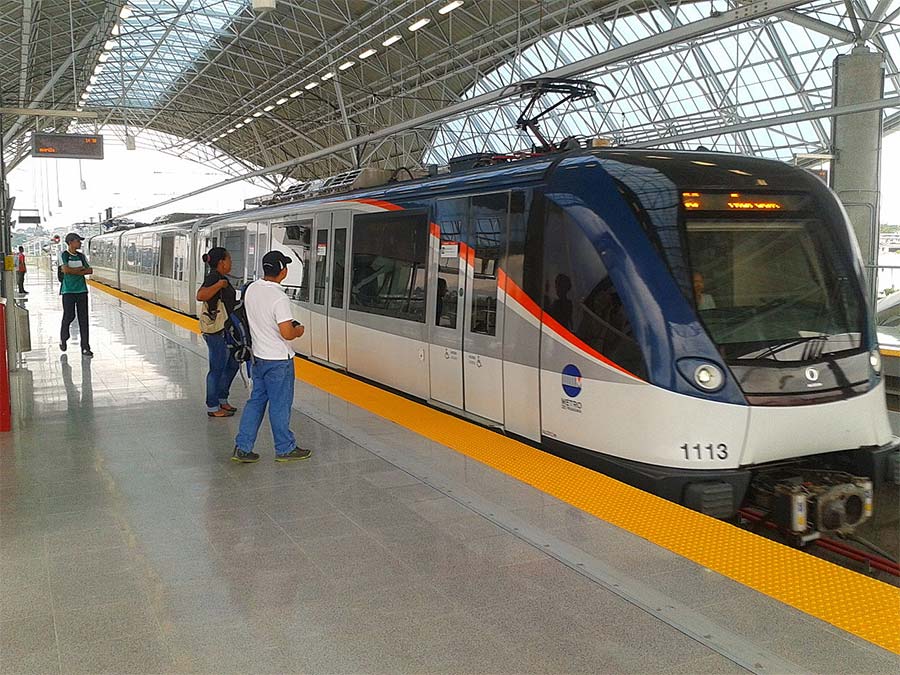
Credit: Panamafly – Wikimedia
Where to stay
Panama City is not particularly large, but there are few areas that tourists can stay. Here are some of my favourites. Note that there are also areas to avoid. There are plenty of hotels and hostels in Bella Vista, Perejil and Caledonia. These areas are a little sketchy, so I wouldn’t personally recommend them.
- Casco Viejo: this is hands down the best neighbourhood for tourists. That said, it’s also the most expensive one. Casco Viejo or Casco Antiguo is the beautiful colonial part of the city right on the ocean. It has quaint streets, plenty of shops and restaurants, lovely streets and plazas, and anything a tourist would want. The hotels do run a high rate here. However, you can stay at one of the hostels like Magnolia or Luna’s Castle – just be prepared that it might be a little noisy.
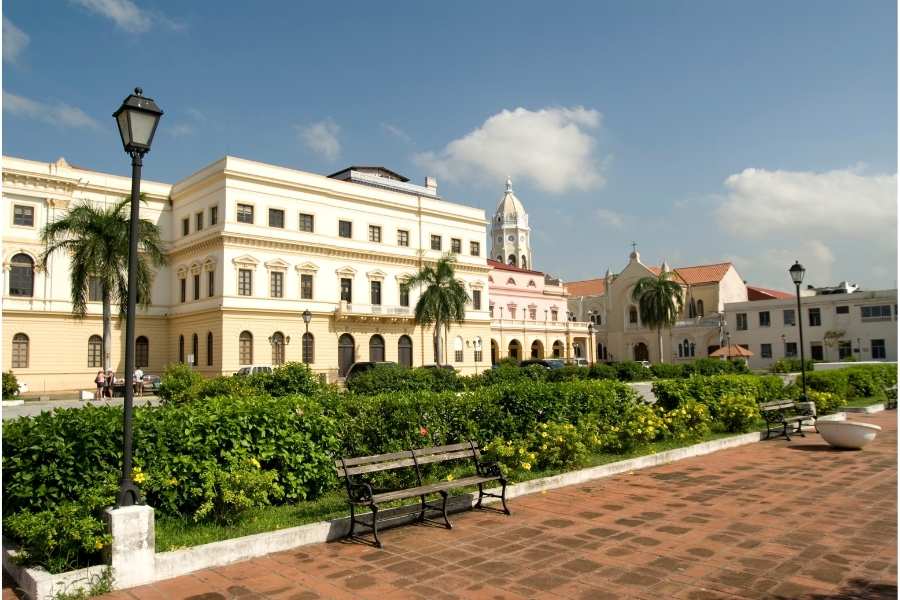
- Cangrejo, El Carmen, Finance District, Obarrio: so you might think these are all different places, and in theory, they are, but really they are a few streets away from one another. I’ve never really understood why they are even different districts! The four areas are smack in the centre of the city and have a ton of accommodation options. There are usually great deals for the big chain hotels on the weekends, with awesome pools and buffet breakfasts. But you can also find smaller hotels, hostels and many Airbnbs. My favourite for a high-end city escape is Sortis – the pool is amazing!
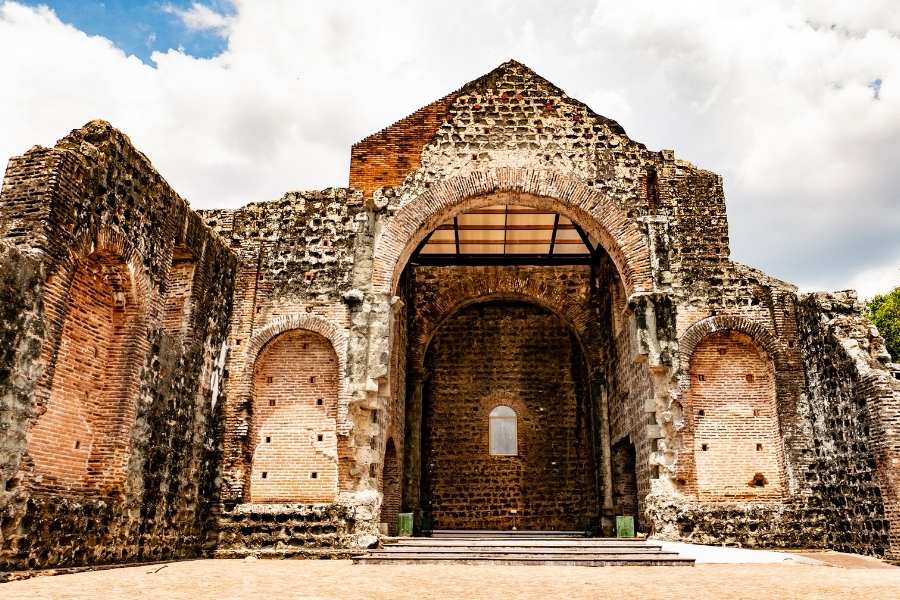
- Ancon: this area is on a hill in the centre of Panama City. It’s not really accessible by public transportation, but that’s what makes it so great. It is basically a jungle oasis right in the heart of Panama City. If you want to feel like you are out in nature, but stay somewhere close to attractions, then this is a perfect choice.
- Costa del Este: the “new” modern district of the city, Costa del Este is close to the airport. It has sidewalks, plenty of restaurants and bars. There is no (or very little) public transportation. Most people who stay here are in Panama City for business.
- Ciudad del Saber: another business-oriented area, the City of Knowledge is close to Panama Canal. There are plenty of green spaces, international schools and tons of expats. In fact, the area used to belong to the US and Panamanians could not even enter without a permit (yes, you read correctly). It’s a great place for longer stays or if you are in town for a conference.
What to do
Explore Casco Viejo
Even if you are not staying in Casco, you should still visit it. It’s the most historic part of the city. It has beautiful colonial buildings, many of which have been recently restored. On the main plaza, you will find the Canal Museum, which has some interesting exhibits. The area is home to some of the best restaurants in the city, including Donde José – a high-end tasting menu made with local ingredients. You can also go to Fonda lo que hay – which is run by the same chef but is a much cheaper option. For amazing coffee, head to Café Unido at the American Trade Hotel.
Visit the Panama Canal
Of course, no visit to Panama City is complete without seeing the Panama Canal. It’s actually as exciting as it sounds! The wonders of engineering that you see at the Miraflores Locks are just so cool that it’s worth the hefty entrance fee. The price also includes a nice little museum on the premises, where you can go into a simple ship simulator. To get to the canal, it’s best to take an Uber, since it’s the only way you’ll get a fair price. Alternatively, there is a bus called Miraflores that runs whenever it feels like from Albrook Mall.

Walk along the Cinta Costera
The Cinta Costera runs for kilometres along the coast. It starts around Multicentro and goes all the way to Casco Antiguo. It makes for a really nice walk or a bicycle ride. Don’t miss the “Cinta Costera 3” – this is the part that juts out over the ocean and runs around the old town. There are some really great viewing platforms and it is really peaceful. If you are enjoying the boardwalks, then also check out the Calzada de Amador. It’s a man-made path to tiny little islands. There is no swimming, but plenty of restaurants. The Bio Museum designed by Frank Gehry is also there.
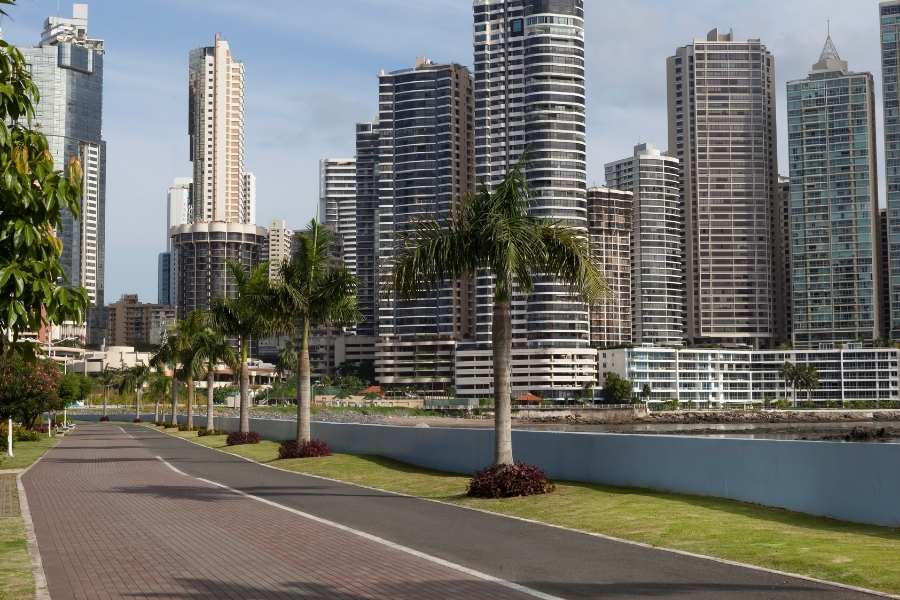
Head to Panama la Vieja
Often skipped on tourist itineraries, I really do recommend a visit to Panama la Vieja. The site is basically ruins of the first Panama City, which was destroyed by Pirate Drake (I know, very cool). It is a pretty extensive area, with some great remains and amazing photo ops. You can also visit the museum on-site to see the model of what the city would have looked like before it was destroyed. When it burned down, the new city was built and is now Casco Viejo.
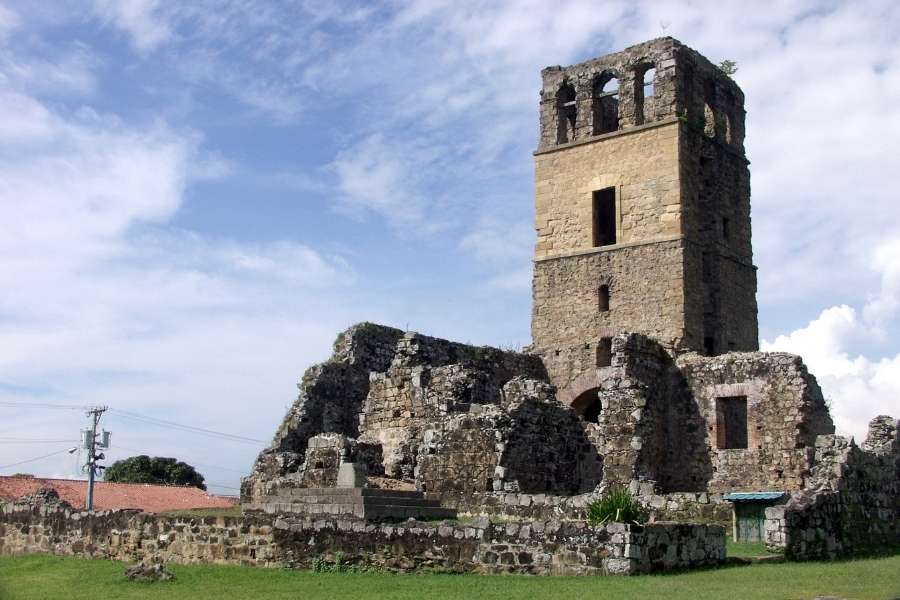
Hike up Ancon or Parque Metropolitano
For nature lovers, there is, unfortunately, no beach in Panama City. But there are a few great parks. Two of these – Ancon and Parque Metropolitano offers great little hikes. Ancon is shorter and closer to the city, while Metropolitano is a little longer and offers a few trails. It’s easy to get by taxi to either one. On the way, you are likely to see lots of animals, including turtles, ñeques (larger version of a guinea pig?), birds and sometimes even monkeys.
-
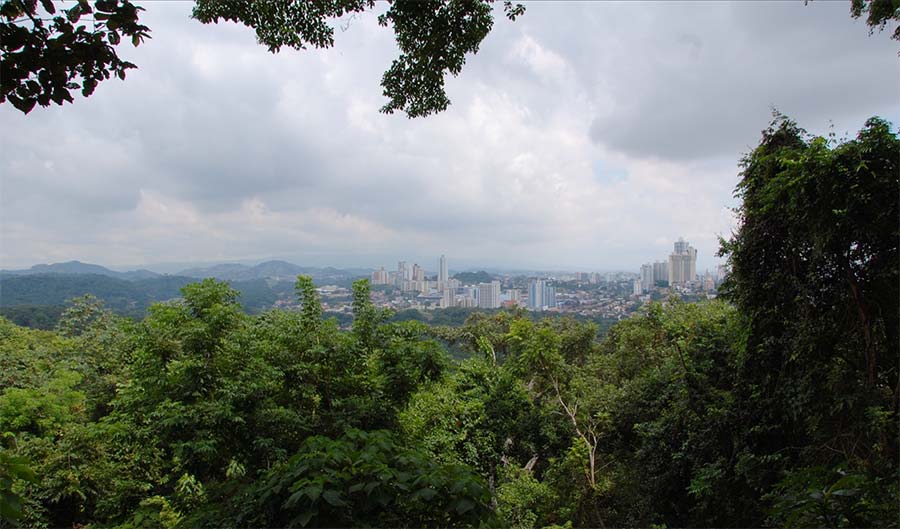
Credit: Sezgin İbiş – Wikimedia
Stay Safe
Relative to the rest of Central America, Panama is pretty safe. Some precautions to take include staying in safe areas of the city, taking official taxis or Ubers and avoiding flashy expensive jewellery. Unlike many places, you can walk around with your cellphone or other technology, just be aware of your surroundings. It is, however, important to stay healthy. Panama is a tropical place, so make sure you have your vaccines up-to-date. Bring repellent for mosquitos, since they get really annoying and also transmit some unpleasant stuff like Dengue and Zika. If you experience any strange symptoms, go to the doctor. Tropical diseases are no joke!
If you like this article please use the image below to share it via Pinterest.
